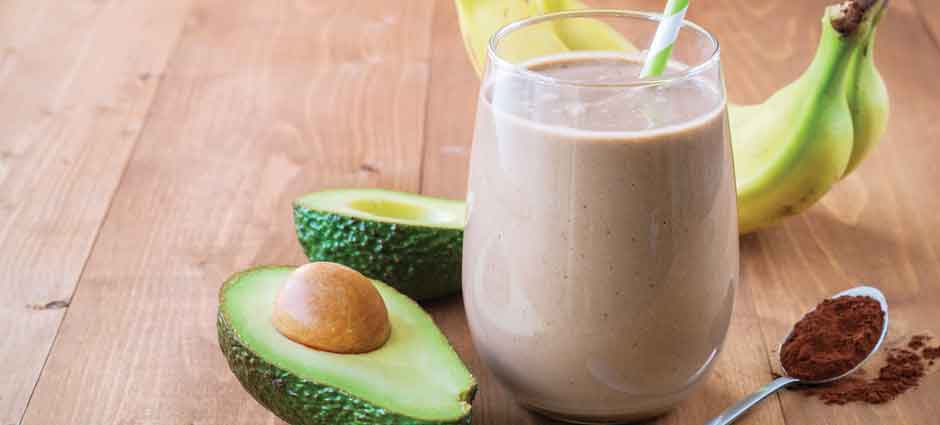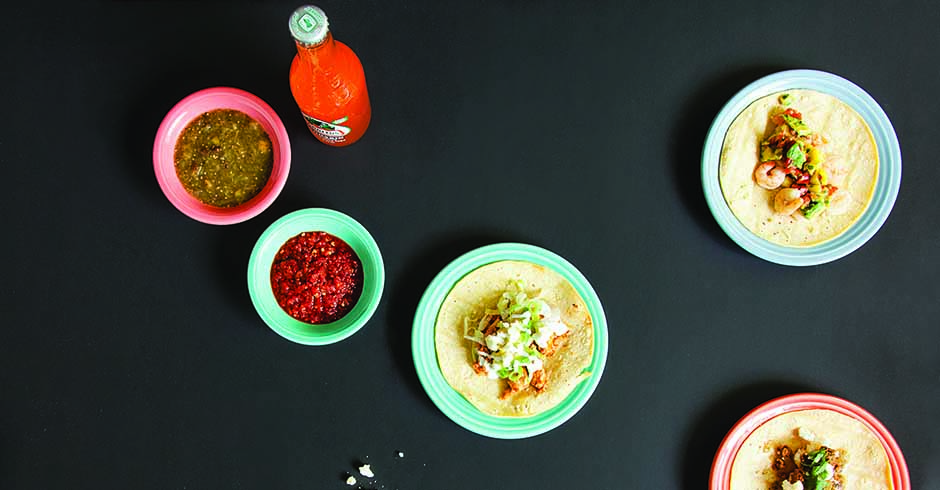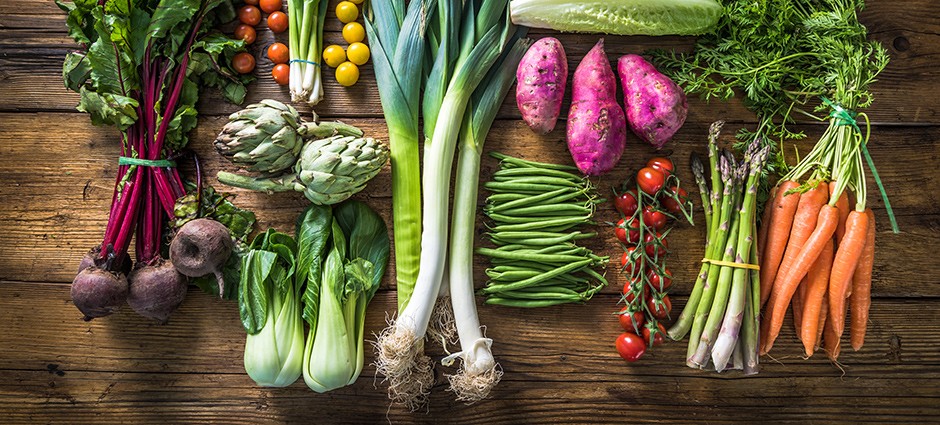Olive oil’s smooth, rich taste and abundant health claims make it the golden child of the U.S. oil scene. It’s a staple of the Mediterranean diet, which sources such as the Mayo Clinic and Harvard Health tout as a healthy approach to disease prevention (although nearly all experts recommend consuming it in moderation, because it’s so calorie-dense).
What’s in It?
Abundant monounsaturated fats (one of the good kinds) account for much of olive oil’s popularity. High-quality varieties also provide about 10 percent of your daily requirements of vitamins E and K in each tablespoon. It’s also rich in phytosterols and anti-inflammatory polyphenols.
Buy It, Store It, Use It
Dig deeper before you buy. The USDA enacted new olive-oil standards in 2010, but they are not well enforced. Check each company’s website to learn more about how they process their oil. Also, look for the most recent harvest date for a fresher product.
Store the bottle in a cool, dark place to minimize exposure to light, heat and air. Unopened olive oil can have a shelf life of 18 to 24 months, but once opened, experts suggest using it within one to six months (opinions vary widely!).
Olive oil is ideal for salad dressings and bread dips. You can also use it for lower-heat sautéing, and some varieties for high-heat cooking above a 400° smoke point (see sidebar on page 35 about smoke points). It’s a tasty ingredient in granolas, soups, and some breads and baked goods, too.
Know the Terms
Olive oil comes in a dizzying number of varieties. Here we break down the label jargon so you know what you’re getting.
Extra-virgin: The gold standard. Cold-pressed once, without heat or chemicals, using fresh olives. Strongest flavor and most nutrients. Lower smoke point (320° to 375°). Ideal for dressings and dips.
Virgin: Also uses mechanical, not chemical processing, but has some flavor defects (usually a higher acidity) and a milder flavor. Its smoke point is 390° to 420°.
Cold-pressed: Extracted without chemicals or heat.
Pure: Don’t let the name fool you. This is a lower-quality oil, because it is partially or fully chemically extracted, with a smoke point of 420° to 450°.
Light or Extra-Light: This refers to the milder flavor, not to the number of calories or amount of fat. It’s the most refined (read: processed) of the varieties, which means it has the least nutrition and flavor, but the highest smoke point (468°).
Refined: Uses chemicals to extract the oil, which strips it of nutrients and flavor. Its smoke point is 450° to 468°.
Expeller-pressed: Extracted without chemicals, but friction created during the mechanical processing can expose the oil to higher temperatures.











Comments